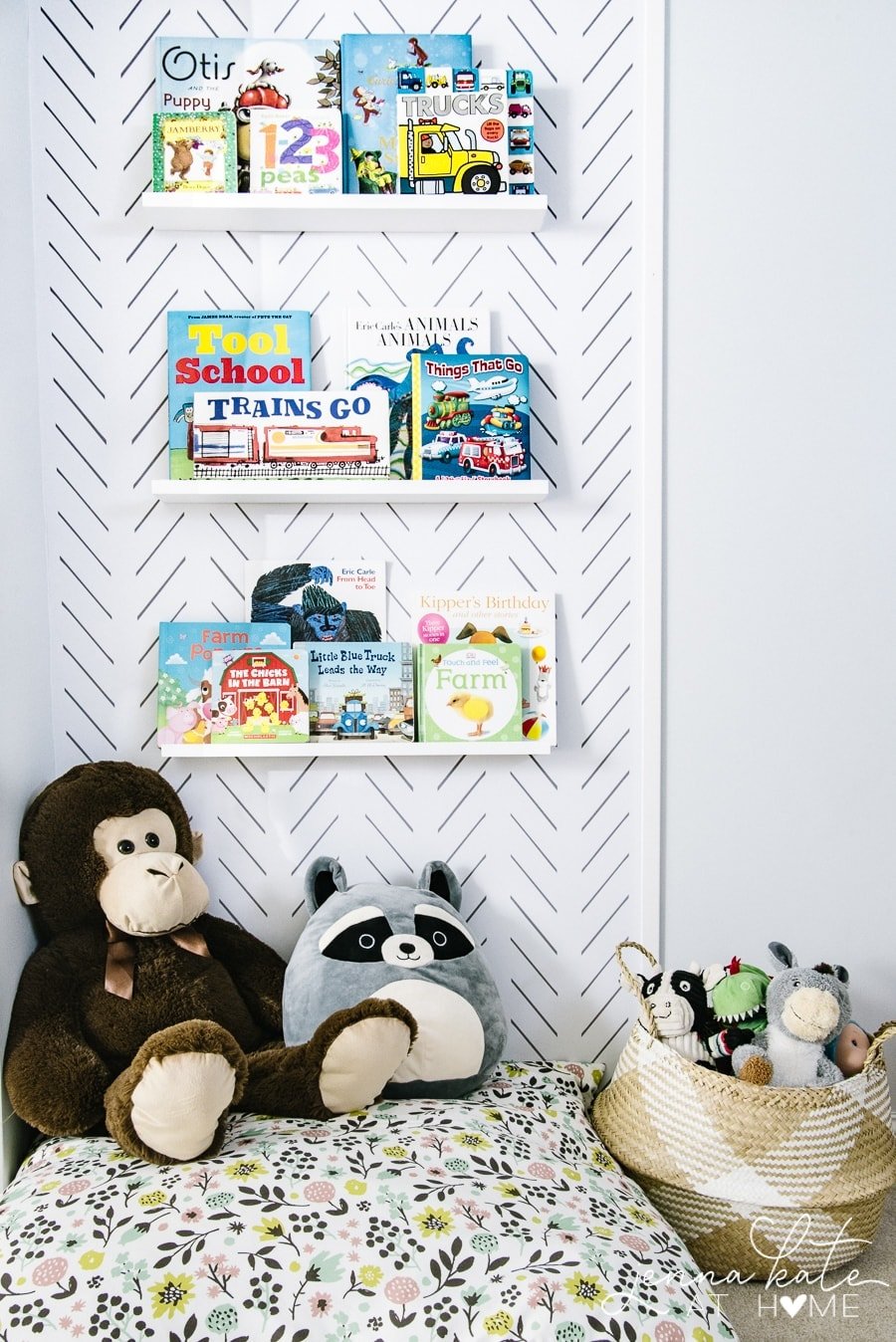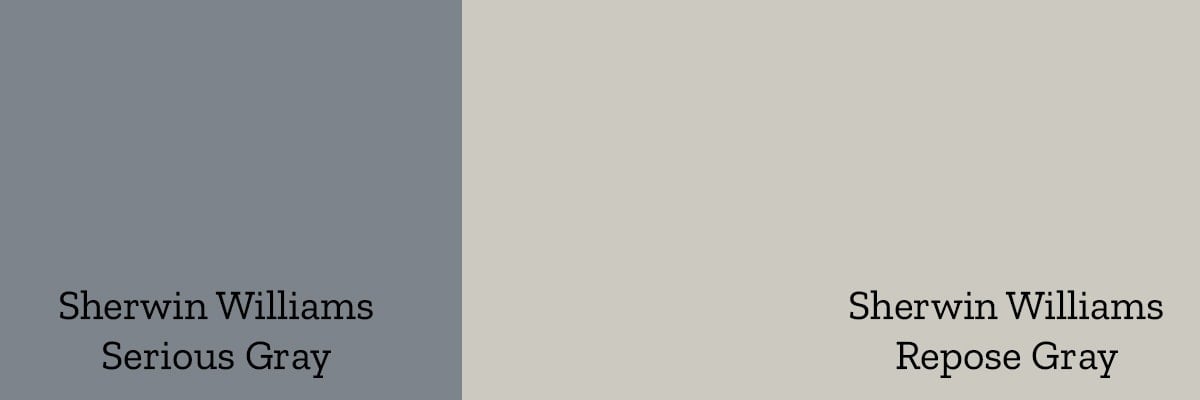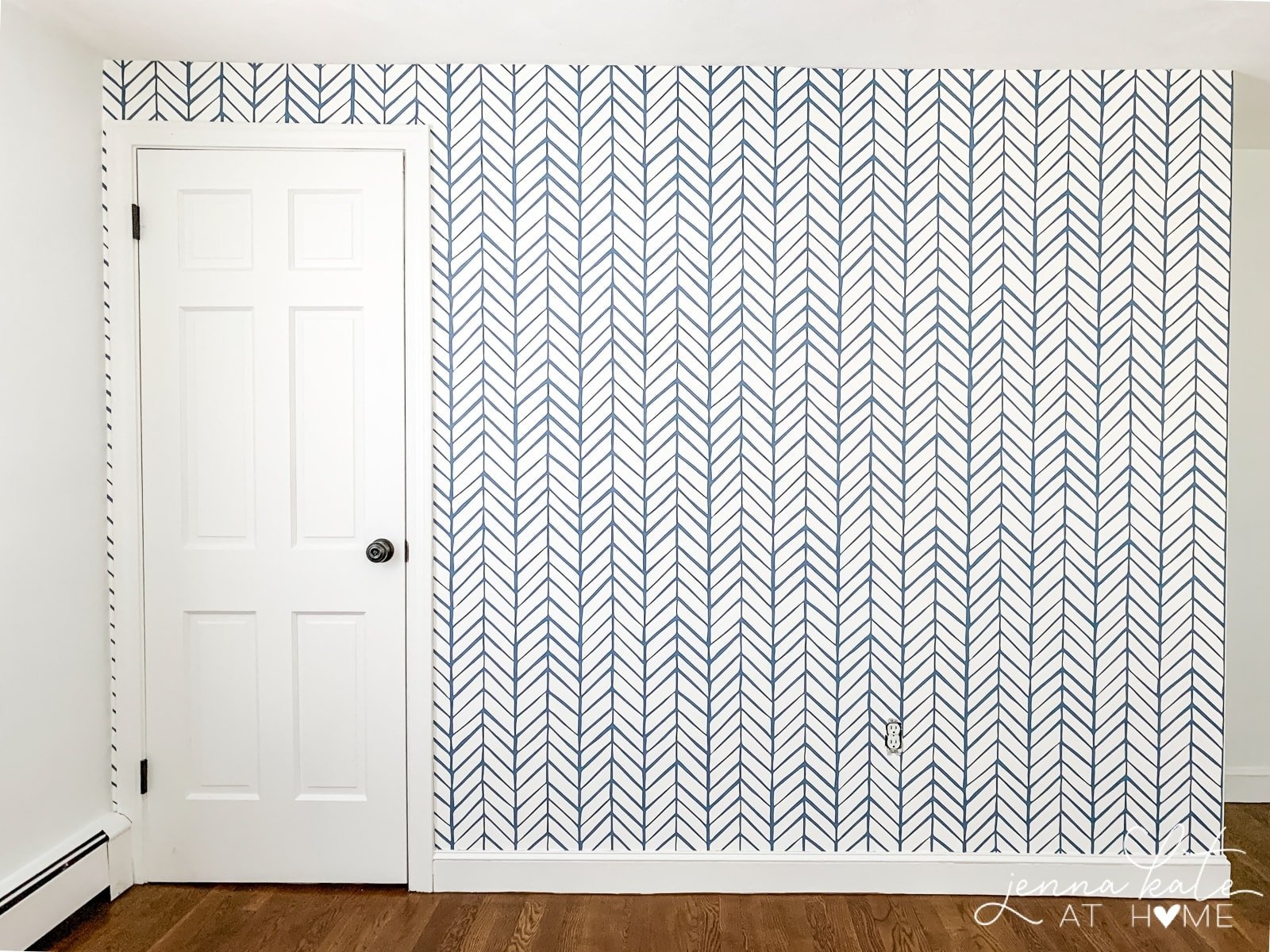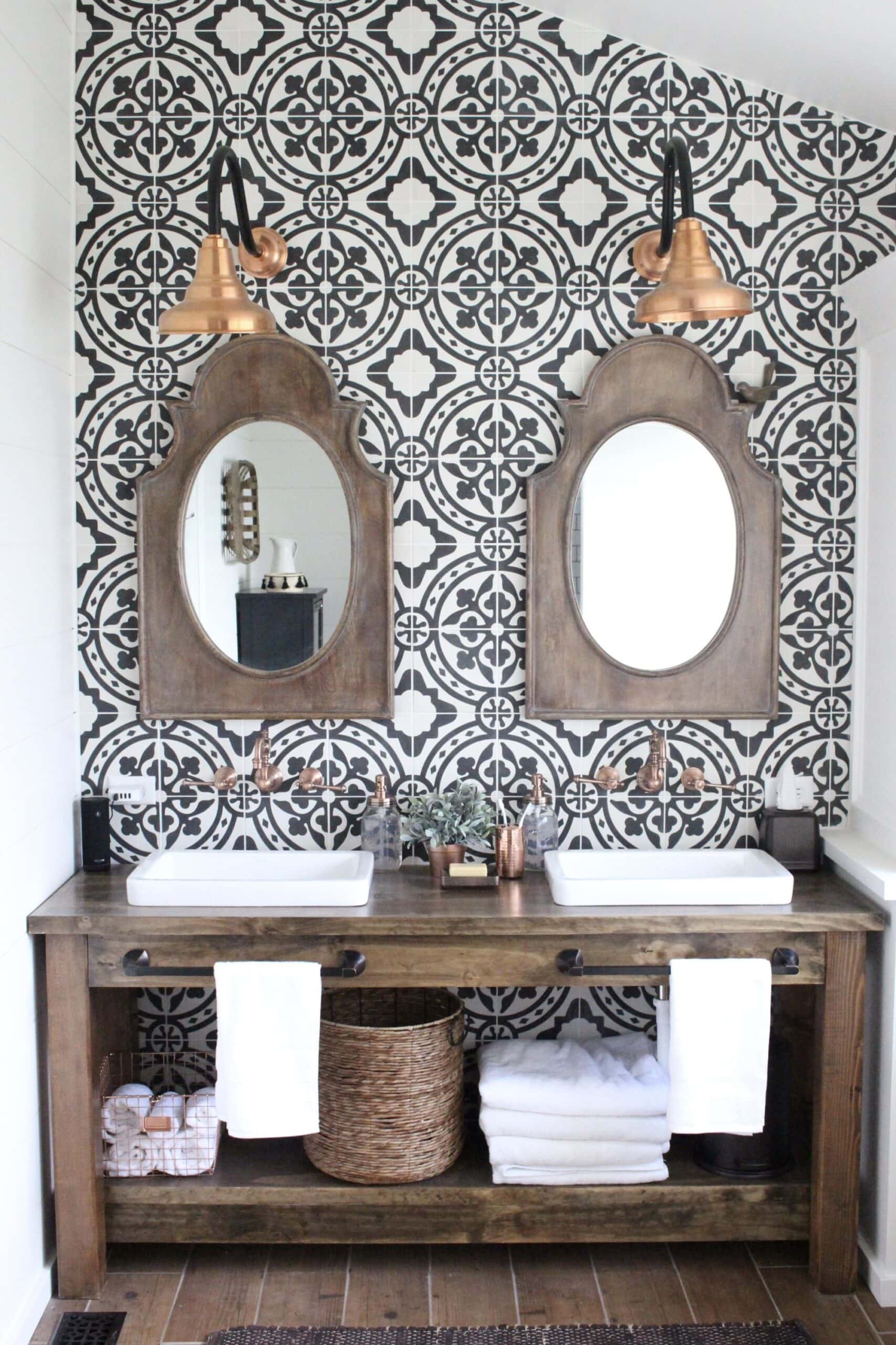Content may contain affiliate links. When you shop the links, I receive a small commission at no cost to you. Thank you for supporting my small business.
Accent walls can be an easy way to add interest and character to a room. Plus, they are a trend that never seems to go out of style. If you’re thinking of adding one to a room in your house, then this post is for you!
Why Add an Accent Wall?
When done right, accent walls can be a powerful design statement in your home. They draw your eye to a particular part of the room, creating the perfect focal point. Plus, they give you a chance to play around with color in a way that you might not want to on all four walls.
Don’t shy away from using a bold color for your accent wall. In fact, it makes more sense to choose bright colors or bold shades so that it stands out. Isn’t that the whole point of an accent wall?
If that’s a little scary for you, then at the very least, choose a color that’s several shades darker than the other walls. Going only one – two shades darker can result in an accent wall that simply looks like the other walls cast in shadow.
Especially with white walls, steer clear of anything similar or light colored! This dark navy was the perfect pop of color for the white nursery.

What Wall to Choose
Wherever the natural focus point is for the room, tends to be the best choice for an accent wall. For a living room, that would be either the wall that the couch is against or the wall with a built-in, shelves, fireplace or the TV.
In a bedroom or nursery, the accent wall will be the wall with the bed or crib and in a bathroom it will be behind the vanity or directly behind the bath tub or even in the shower.

Other spaces that may benefit from a fun accent wall would be a gallery wall, a hallway wall with floating shelves, a spacious dining room, or a reading nook under the stairs or in a playroom.
Even a small space like the wall going to the upstairs of your home is a great spot to add visual interest in an otherwise boring hallway by using bold accent colors. It’s a great way to tackle decorating high ceilings!

Think of the accent wall as a way to draw the eye to a particular feature.
Accent Wall Color Combinations
The color combinations you choose will of course depend on the color scheme in your home. While you can go for a completely different color in some situations, it’s best to consider the overall flow of your home and select shades in similar color families.
I’ve compiled some of my favorite accent wall color combinations to help get you thinking about what might work for your own space. The best rule of thumb is to pair neutral colors with a color you might not otherwise use for an entire room.





Accent Wall Ideas
There’s more to accent walls than just paint. Consider wallpaper, a wood plank wall, stone or even tile to help add that splash of color to your space.

Have fun with painter’s tape and create a stunning accent wall like this black one. Start by painting the wall the darker shade of black ( 2 shades darker than the lighter one).
Then tape off a geometric pattern, and paint the wall a second time, but with the lighter shade. It’s a simple, modern and very effective way to get a beautiful accent wall.
Plus, with all the natural lighting in this room, the dark color doesn’t look too harsh.
Wallpaper Accent Walls
Don’t be intimated by wallpaper, especially when you only have one wall to cover! With a little patience, it’s an easy DIY project that anyone can do. I love wallpaper in home office spaces especially, it brings a cheerful mood to the room!
I did this wallpaper accent wall when I was 7 months pregnant and knocked it out in a few hours. Follow a few basic steps, and you’ll be on your way to your own wallpaper accent wall in no time.

If you like the look of this but don’t want to commit to wallpapering a wall, try a large or oversized piece of wall art! You can still bring the focus to one wall this way.

Doesn’t the wallpaper totally transform the feel of the room? It’s the perfect accent wall!
Wood Accent Walls
There’s a myriad different ways to create a wood accent wall in your home and you certainly don’t have to be an interior designer to achieve it!
From reclaimed peel and stick planks, to pretty millwork and of course, a shiplap accent wall – they are all projects that even the most novice DIYer can figure out!

If your personal style is minimalist, wood accent walls, in particular the millwork approach, can offer a safer alternative to a bold color. Sticking with the same paint color as the rest of the room, you can add interest to a wall while still maintaining a softer look.

The feature wall below provides a modern look to this nursery and draws attention to the beautiful crib and room decor. Sage green is such an elegant color choice.

Tile Accent Walls
The most obvious place for a tile accent wall is the bathroom. Within this one room, there’s a few different ways to achieve this look.
An entire wall of tile behind the vanity is a stunning addition to any bathroom. Pick a bold color for your tile, geometric patterns that are a similar shade to the walls or a pretty cement tile to really make it pop.

Deep blue or white tile is a great choice for creating a peaceful, calming atmosphere.

The bathroom is one of the easiest ways to incorporate an accent wall into the home because the walls are typically smaller in dimension than many other rooms in the home (think family room or bedroom walls compared to a bathroom wall).

If you’re considering adding a statement accent wall to a room in your home, why not have some fun with it? Determine your design style, favorite colors, and budget and you’ll be ready to start creating an accent wall in no time!











I liked this accent wall article, Jenna. You forgot to touch the subject that how many accent walls are a good or bad idea in one home, Or if the house is only one floor or two floors, Or if people should/could mix accent walls with paint/ wood paneling/wall paper or must stay with one theme. Thanks